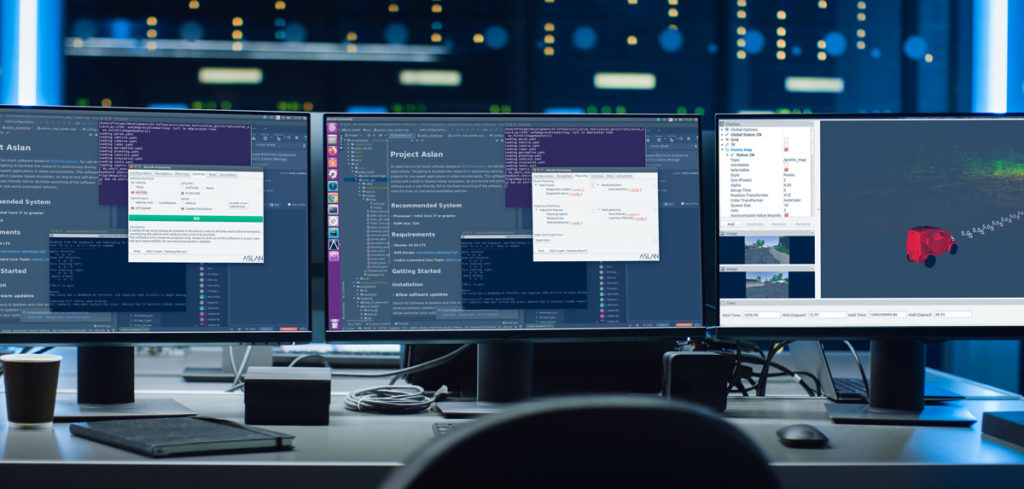The potential social, commercial and environmental benefits of autonomous mobility that have the capability to transform gridlocked and polluted cities are not being realized quickly enough, according to Project ASLAN, a new international non-profit collaboration between commercial enterprise, technology universities, transportation authorities and self-driving hardware and software engineers that aims to solve this problem.
To accelerate the progression of driverless technology, Project ASLAN has launched an open-source and rapidly deployable self-driving software platform. The group stated that the free and open software stack has been deployed expressly to foster engineering collaboration.
The platform provides mature and stable code combined with plug-and-play ease of use, offering real-world self-driving capability validated by public highway trials as well as complete simulation capability for users without access to driverless vehicle hardware.
The team behind the project has identified the high investment demands required to pursue end-to-end driverless technologies as presenting a clear barrier to progress. Its ambition is to remove these barriers to entry and prioritize the benefits of driverless vehicles for metropolitan and low-speed use cases, where the benefits are the greatest and a collaborative approach is already determined by the involvement of multiple public agencies and private companies.
By focusing on a more defined operational domain based on slow speeds in cities as well as embracing an open-source approach, the collaboration feels this opens up a smaller problem to a far larger group of collaborative engineering capability from across the world.
Engineers can freely download an open-source resource from the group’s website, enriched by software contributed by the founders and augmented with data from 22 autonomous vehicles currently deployed in a variety of trial use-cases in locations ranging from Hong Kong to the UK.
The group said that this offers a complete self-driving platform that is easy to install, fully documented and contains a stable collection of state-of-the-art software packages. With its own graphical user interface enabling plug-and-play deployment, the tooling is intuitive and has been designed by engineers, for engineers.
For convenience, ASLAN utilizes the ROS framework, used widely in many robotics applications, which provides automotive and self-driving engineers and developers already using ROS with a familiar middleware solution.


